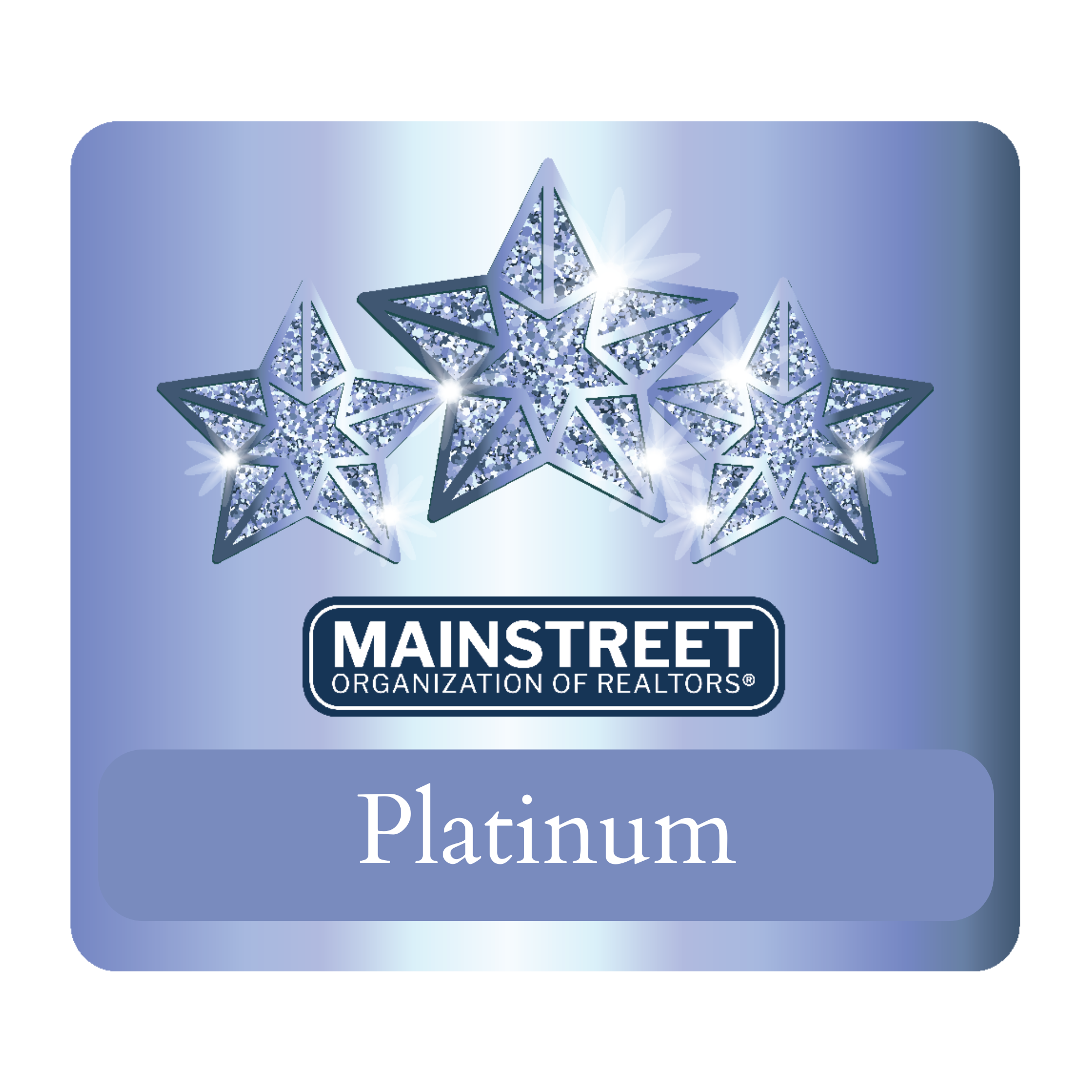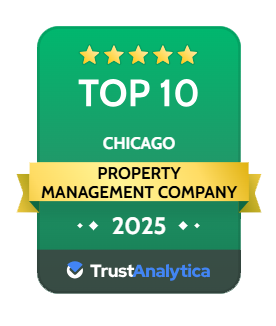Grant Park Framework Plan from the Chicago Park District
The Chicago Park District has released the first iteration of its Grant Park Framework Plan, a bold reimagining of Chicago's 319-acre lakefront park. Dubbed "Chicago's Front Yard," the plan focuses on expanding green space and improving connectivity through an ambitious, multi-phase redesign expected to take 10 to 20 years. The vision emphasizes accessibility, sustainability, and equity, aiming to benefit both residents and the millions of annual visitors.
Overview of Grant Park Plans
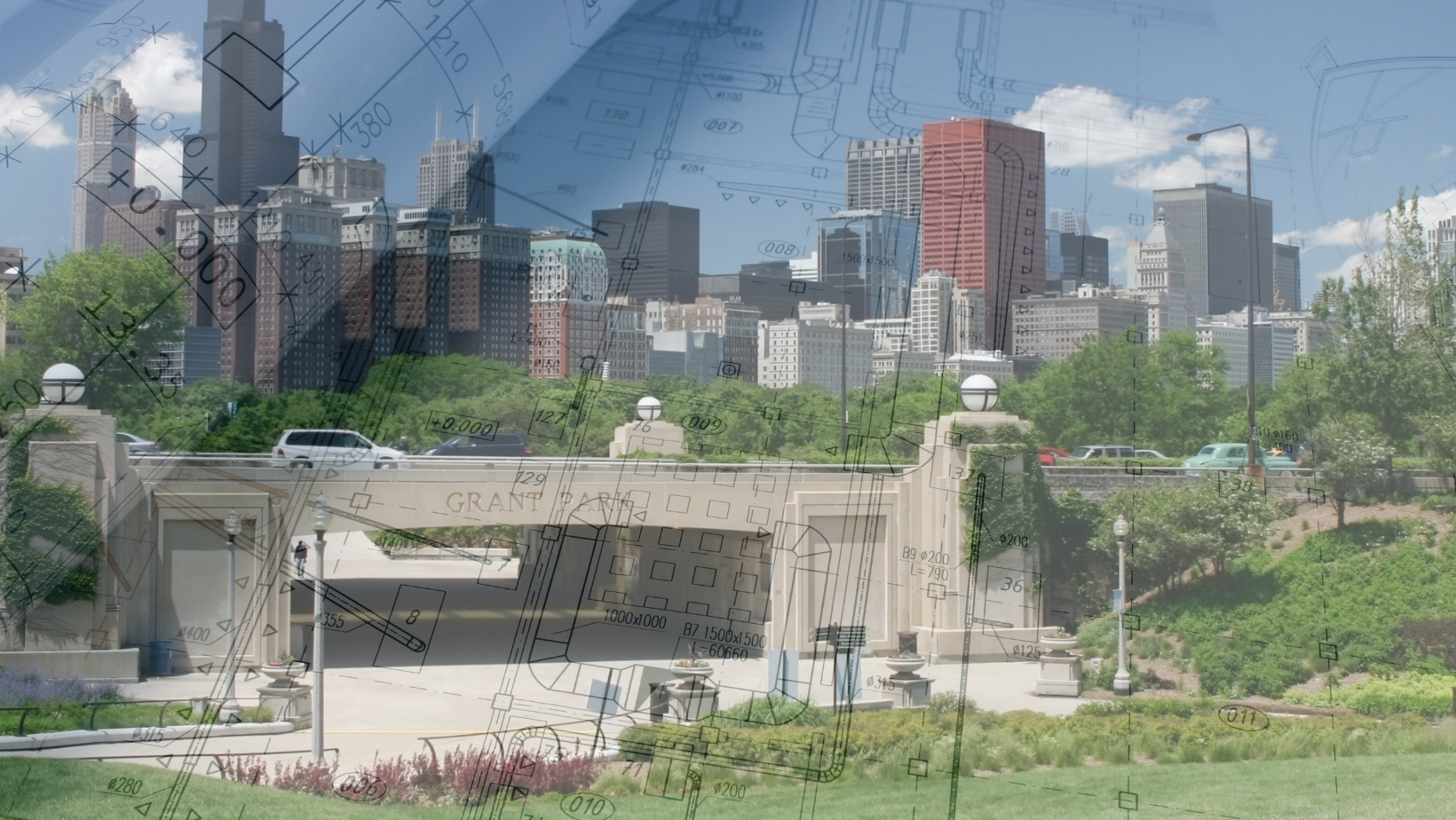
The proposal is divided into five major zones—North Grant Park, The Lakefront, The Historic Core, South Grant Park, and the Metra Track Cap—each offering transformative upgrades. These plans were shared in a public presentation and are undergoing community feedback, with key milestones expected this fall. While many are excited, some critics question the feasibility of ambitious elements like capping DuSable Lake Shore Drive. Here's what’s included:
North Grant Park
New pedestrian bridge over Lake Shore Drive, along with repairs to existing bridges and park infrastructure
Fitness zones, landscaped hillsides, and safety enhancements like a speed table on Monroe Street
Upgraded or relocated stands for sports fields to improve the spectator experience
Additional restrooms and concessions in currently restricted areas
The Lakefront
Sinking and capping DuSable Lake Shore Drive between Jackson and Balbo to route cars underground and improve pedestrian access
Expanded Queen’s Landing and surrounding green space
New water taxi stop, lakefront deck with swings, lawn seating, restrooms, and dining kiosks
Improved bike paths for better connection and waterfront access to the lake
Historic Core
Two proposed redesigns for Congress Plaza: one with a welcome center and fountain plaza, another converting the roadway into green space
Enhancements around Buckingham Fountain, including more seating, seasonal pop-up concessions, and refreshed formal gardens
South Grant Park
Entry garden with berms, sculptures, and sensory features
Redesigned former Columbus statue site featuring rotating public art installations
New pedestrian bridges at 6th and 8th Streets over the Metra tracks
Basketball courts, a dog park, playground, and consolidated softball fields with improved spectator amenities
Metra Track Cap
A bold plan to cap the existing train tracks and create 10 new “rooms” to connect and expand green space throughout the park
Features include:
Public art displays, memorials, and fountains
Fitness areas and extended bike paths
A sculpture garden and courtyard for the Art Institute
These upgrades aim to create a more accessible, continuous, and vibrant park experience across the downtown Chicago real estate.
Commercial & Residential Real Estate Opportunities Near Grant Park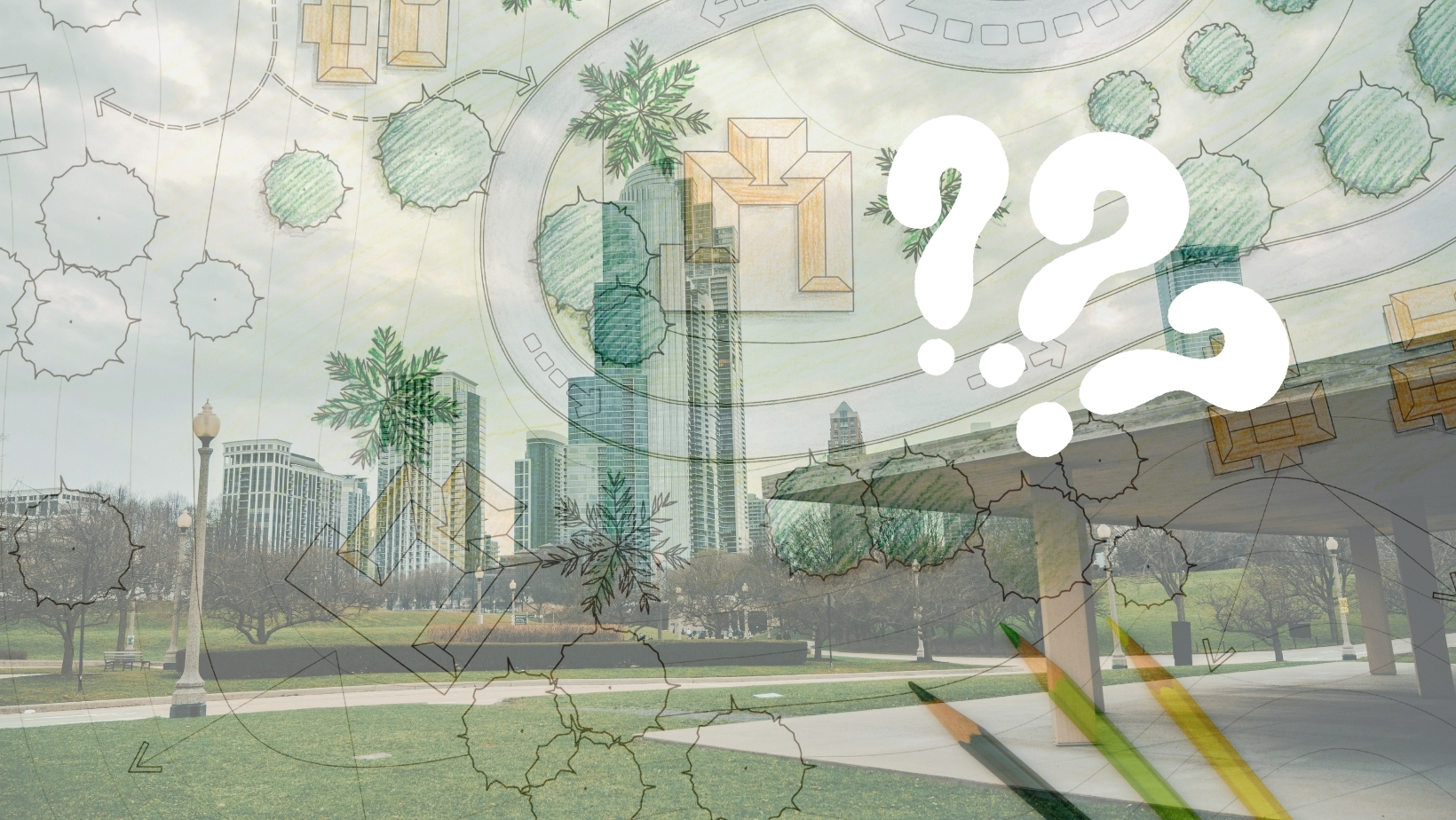
The neighborhoods surrounding Grant Park—including South Loop, Streeterville, and Lake Shore East—are increasingly attractive for investors. With improved access, rising foot traffic, and expanded event space, this transformation could increase demand for:
Multi-family homes and high-rise rentals
Retail storefronts and dining establishments
Office buildings with park or lake views
The city’s focus on connectivity and year-round use will likely attract new residents, tourists, and tenants. Businesses that cater to park-goers, museum visitors, and event attendees may see increased visibility and growth.
However, timelines remain fluid. Funding and approval challenges, particularly for expensive infrastructure changes, could delay implementation. Still, long-term potential remains strong for investors willing to navigate a developing market.
What It Means for Landlords & Investors

1. Property Value Appreciation
Large-scale public park improvements have historically boosted nearby home values. The expansion of green space and access points could further raise property values by 1–2% in the coming years.
2. Increased Rent Potential
Improved walkability, cultural attractions, and park amenities tend to increase renter demand. Rental owners with well-maintained properties in the area may be able to justify premium pricing.
3. Tenant Attraction & Retention
Renters value lifestyle-driven features. Green infrastructure, safety improvements, and proximity to events and open space make nearby properties more appealing to long-term tenants.
Potential Risks and Delays
Phased Implementation: Full benefits may take years to materialize, as construction is staged in phases.
Funding Uncertainty: The city must secure significant resources to proceed. Economic or political shifts could impact project timelines.
Environmental Gentrification: Rising values could displace lower-income renters unless affordability measures are enacted. Some elements, like tunneling DuSable Lake Shore Drive, may prove financially or logistically challenging.
Looking to Maximize Value Near Grant Park (South Loop)?
.jpg)
If you own or are investing in residential rental property—especially near downtown, Museum Campus, South Loop, or Lake Shore East—now is the time to plan ahead.
A high quality commercial real estate or residential real estate management company helps Chicago rental owners:
Optimize rent pricing using neighborhood data and trend analysis
Attract, match, and retain quality tenants
Protect and grow asset value through full-service property management
Understanding Chicago’s evolving landscape is key to maximizing ROI.
Final Takeaway for Chicago Real Estate Investors and Landlords

The Grant Park redesign plan, when finalized, offers major upside for long-term property owners. Expect improvements in:
Walkability and park connectivity
Property values and rent demand
Tenant satisfaction and community appeal
Want to position your property for long-term success as Chicago transforms?
ConsiderChicago Property Management: Landmark Property Management is here to help you!
Whether you own a single rental or manage a growing portfolio near Grant Park or the Chicagoland area, now’s the time to act.
Reach Out Today for aFREE property analysis or help in choosing your next investment!

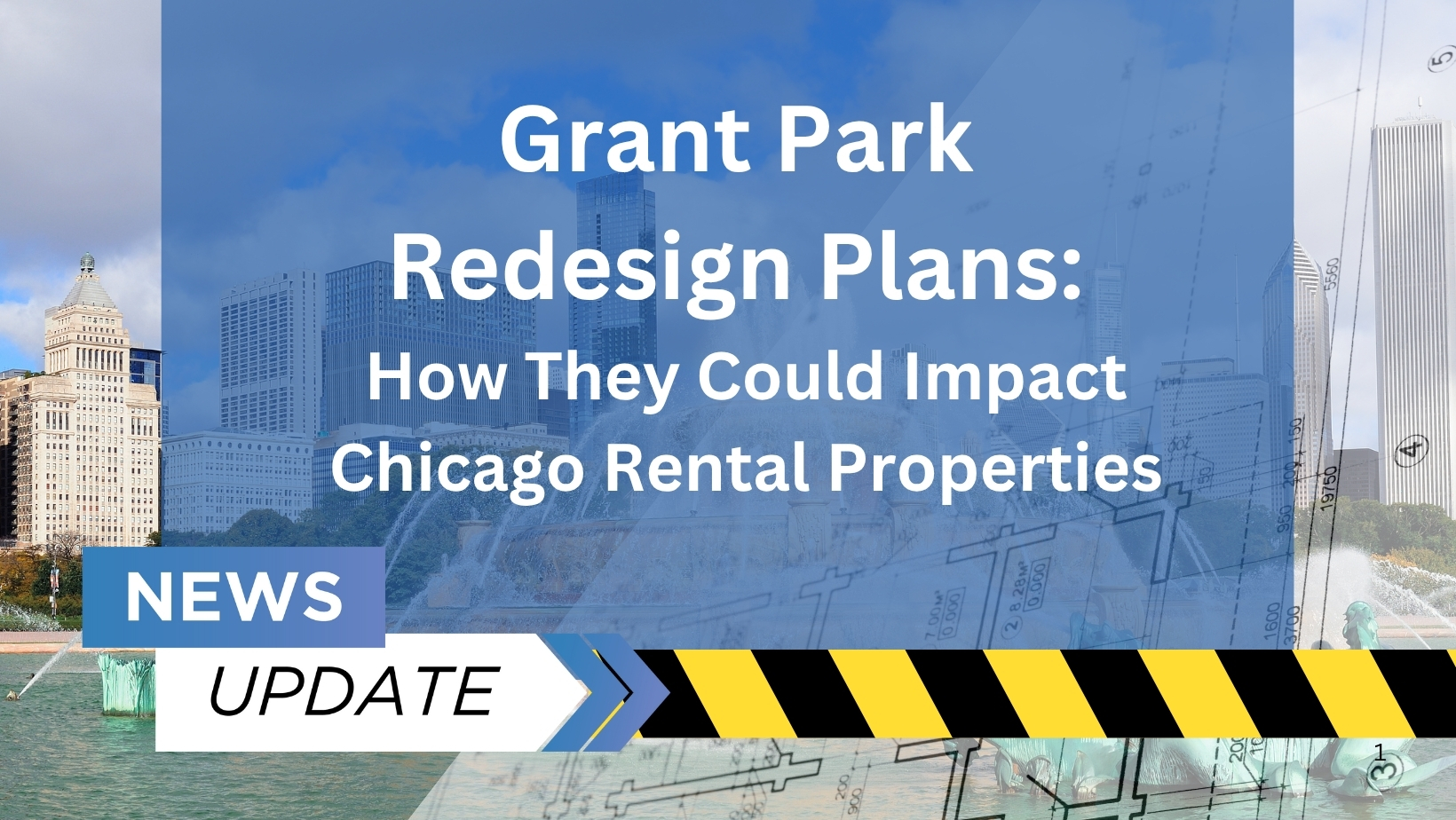

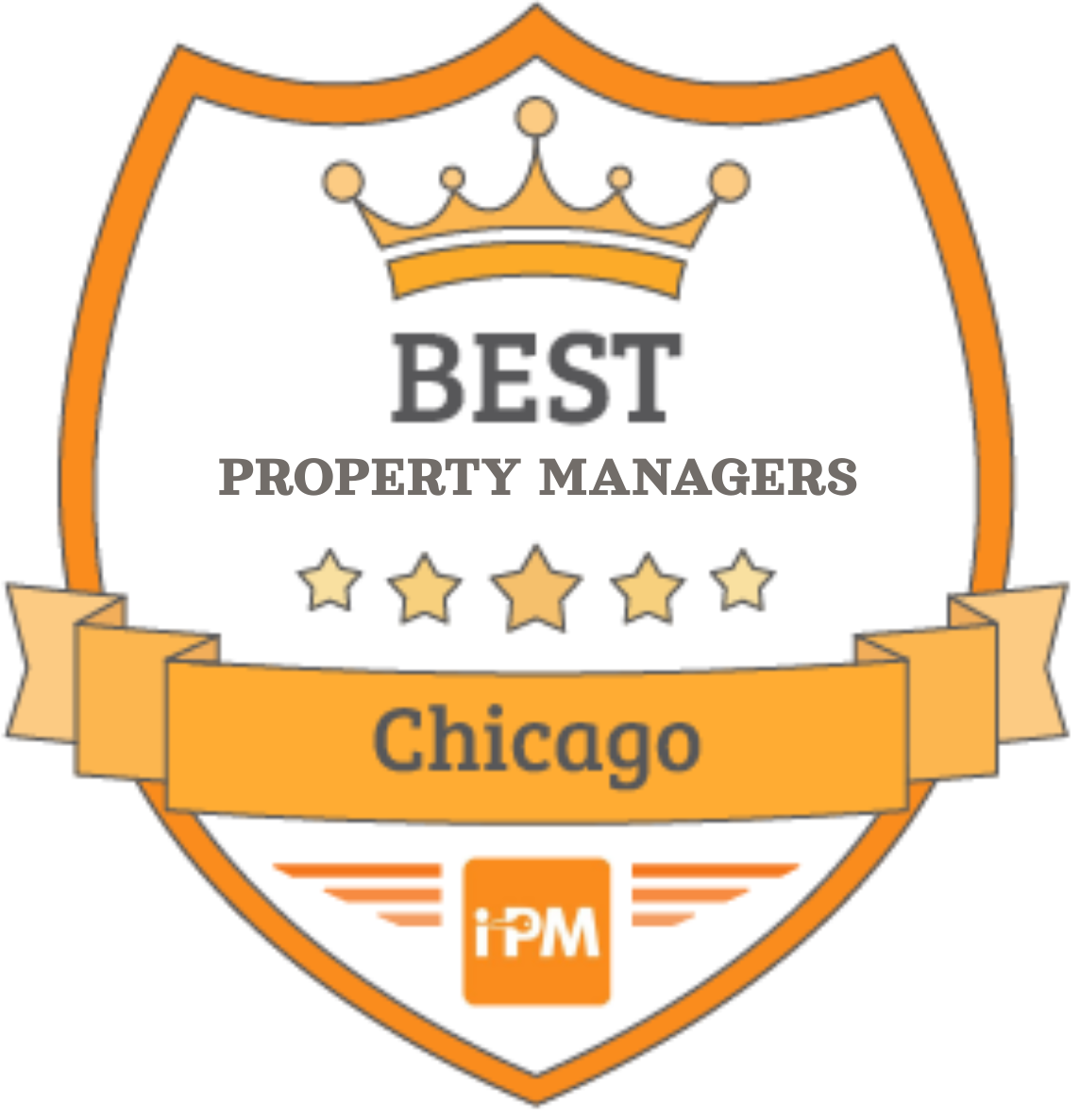

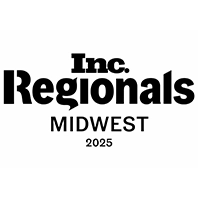
.png)
